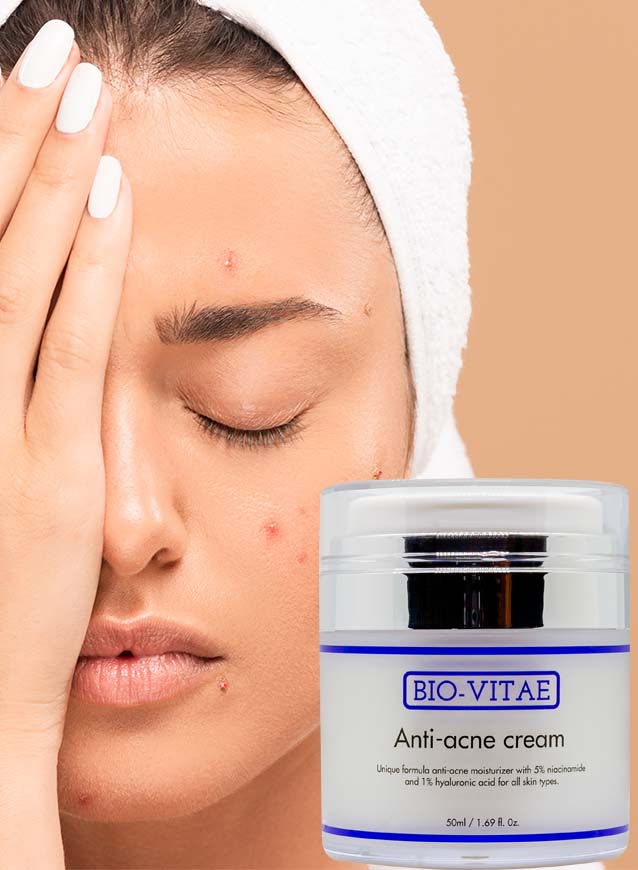Discover the benefits of mud masks for your skin care: A guide with scientific references and expert recommendations

Mud masks have long been used to care for and cleanse the skin due to their natural minerals and detox properties. These masks can be of great help in reducing the appearance of impurities and in improving the health and radiance of the skin.
Mud masks can help absorb excess oil, remove dead skin cells and balance the skin's pH. They also contain natural minerals such as magnesium, calcium and potassium that can help regenerate the skin and give it a healthy glow.
One of the most well-known types of mud masks is Dead Sea Mud, which comes from the Dead Sea in Israel. The Dead Sea is known for its high mineral content, and the mud is famous for its ability to help reduce wrinkles and fine lines, as well as improve skin elasticity and hydration.
But Dead Sea Mud is not the only type of mud that can be used for skin care. There are also mud masks that contain bentonite clay or kaolin clay, both of which are known for their absorbent and cleansing properties. These masks can also help reduce inflammation and soothe irritated skin.
When using a mud mask, it is important to follow the instructions carefully. Most masks should be applied to clean, dry skin and left on for 10-15 minutes before being rinsed off with warm water. It is also a good idea to use a moisturizer after using a mud mask to give the skin the necessary moisture.
As with any skin care treatment, it is important to consider your own skin type and allergies when choosing a mud mask. It is always a good idea to start with a small amount and test on a small area of the skin before using it on the whole face.
References:
- Barzilai, A. (2011). Dead Sea mud: Composition, skin benefits, and potential side effects. Dermatology research and practice, 2011, 150281. https://doi.org/10.1155/2011/150281
- Denda, M., Sato, J., Tsuchiya, T., Elias, P. M., & Feingold, K. R. (1998). Low humidity stimulates epidermal DNA synthesis and amplifies the hyperproliferative response to barrier disruption: implication for seasonal exacerbations of inflammatory dermatoses. Journal of Investigative Dermatology, 111(4), 873-878. https://doi.org/10.1046/j.1523-1747.1998.00406.x
- Hossain, Z., Dosoky, N. S., Setzer, W. N., & Patel, P. (2018). Chemical composition and biological activities of essential oils of Curcuma longa L. collected in Bangladesh. Natural product communications, 13(9), 1155-1158








